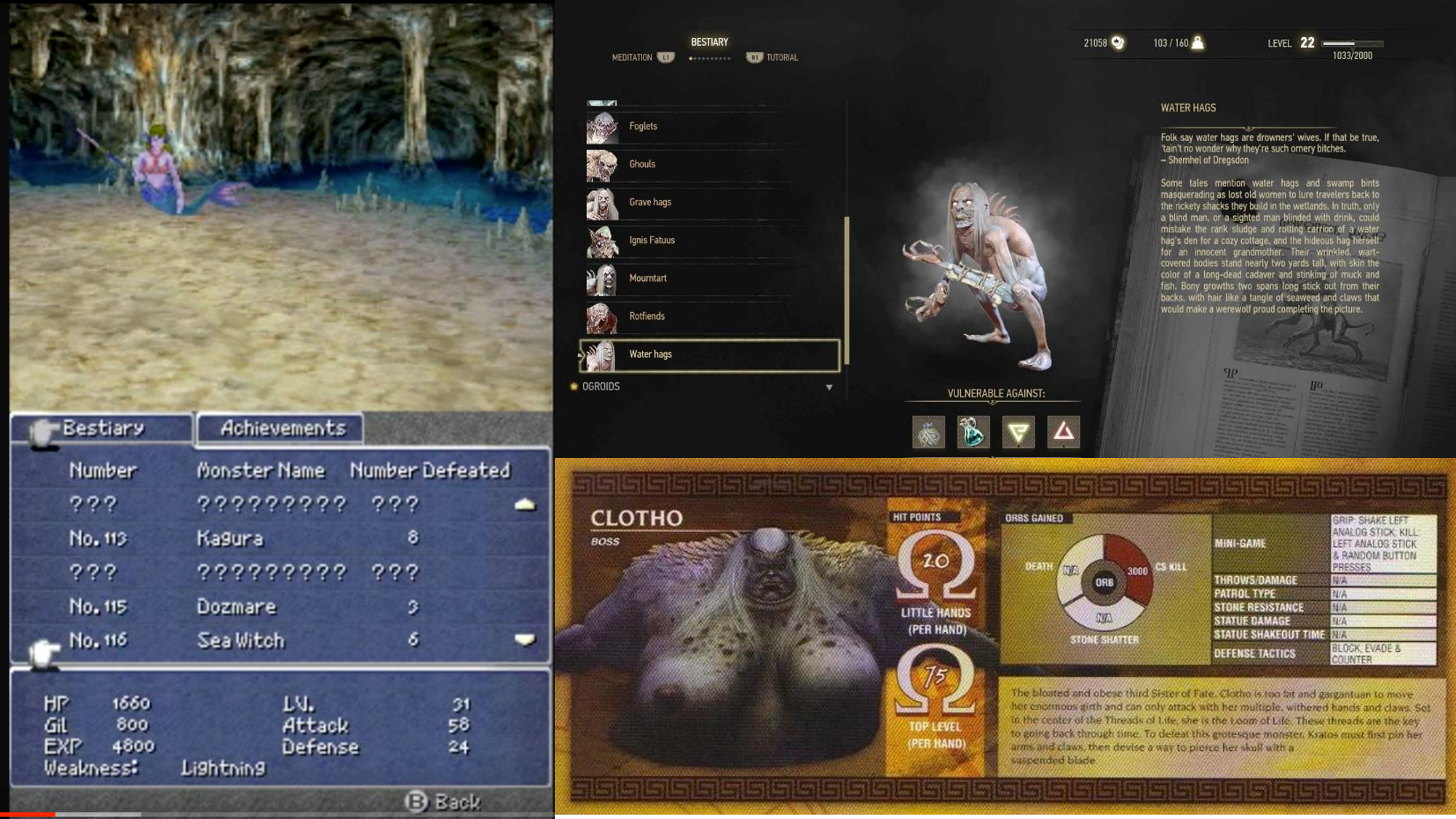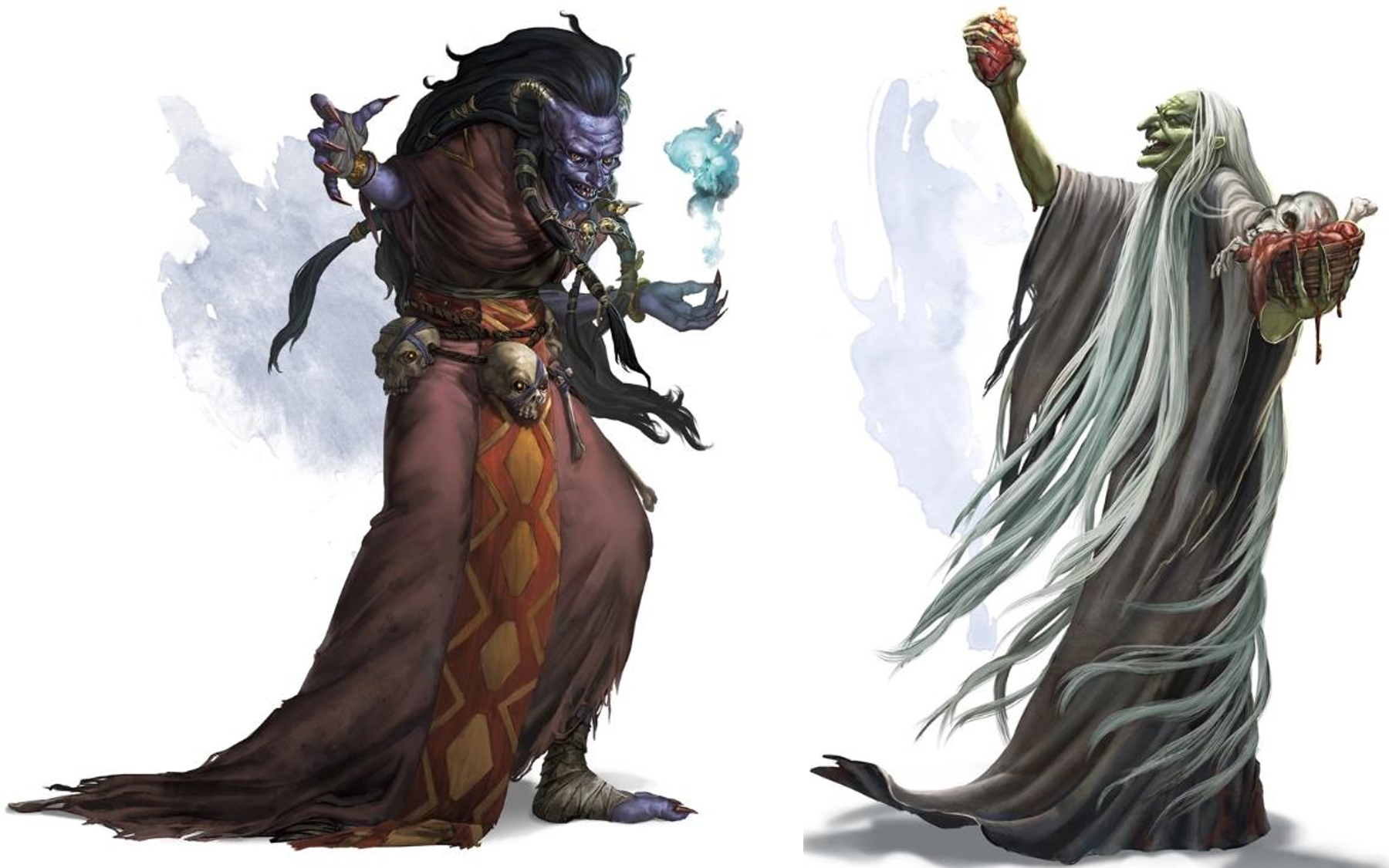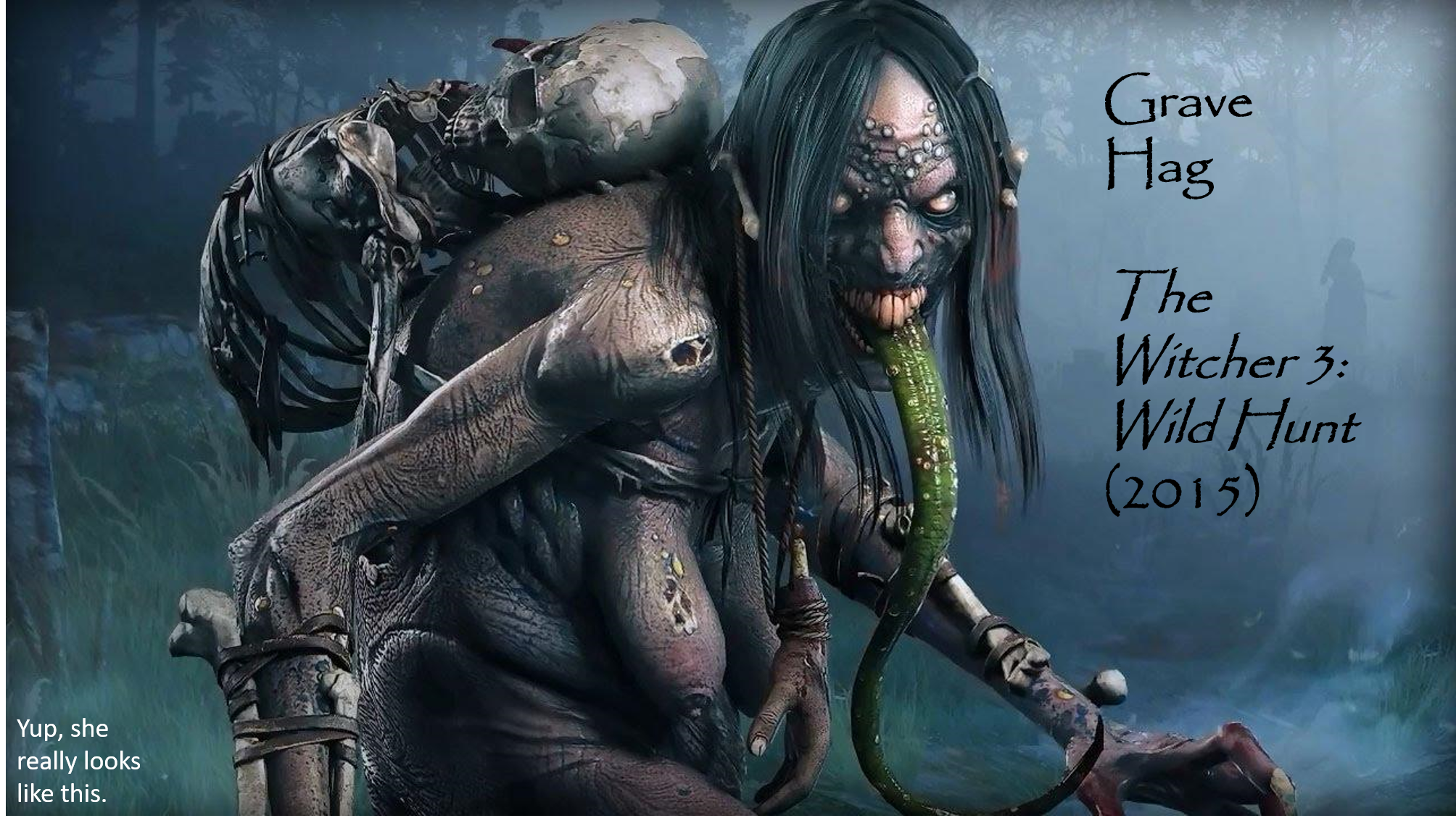Sarah Stang, Essays Editor for First Person Scholar and PhD student in the Communication and Culture program at York University, delivered a co-presentation with Dr. Aaron Trammel at ReFig 2018.
Their presentation, entitled "The Misogynist Ludic Bestiary: How Women are Made Monstrous in Dungeons & Dragons (D&D)" was a condensed version of a longer article the two co-authored:
In our article we discuss the Monster Manual - the bestiary for DD - as a text which draws on the (sexist) conventions of the Medieval Bestiary which often labelled women monstrous and evil. Gygax was also influenced by Tolkienesque fantasy and mythology, so many of the female monsters in the Monster Manual are drawn from mythology, like the Medusa, Sirens, Harpies, Banshees, etc.
-Sarah Stang
Stang does visual and textual analysis of monsters in games, while Trammell's expertise is in the history of D&D and its material culture and circuits of distribution. Their article combines these efforts to look at how really horrific female monsters drawn from mythology are categorized and classified in the Monster Manual.
The scope of the presentation included a discussion of D&D, its history, and its connection to the bestiary. Stang focused specifically on a case study of the abject monstrous feminine - the figure of the Hag:
The Hag is a particularly troubling example because not only are Hag monsters at the intersection of sexism and ageism, the Monster Manual also describes them as reproducing in a monstrous way, as sexually dangerous, as well as being hideous, grotesque, evil, etc.
-Sarah Stang
The presentation and article are connected to Stang's dissertation work which looks at monsters as symbolic representations of marginalized identities in digital games. Stang's research employs textual and visual analysis and the concepts of the Abject, the Monstrous-Feminine, and the Grotesque.



Slides from the presentation, "The Misogynist Ludic Bestiary: How Women are Made Monstrous in Dungeons & Dragons (D&D)"